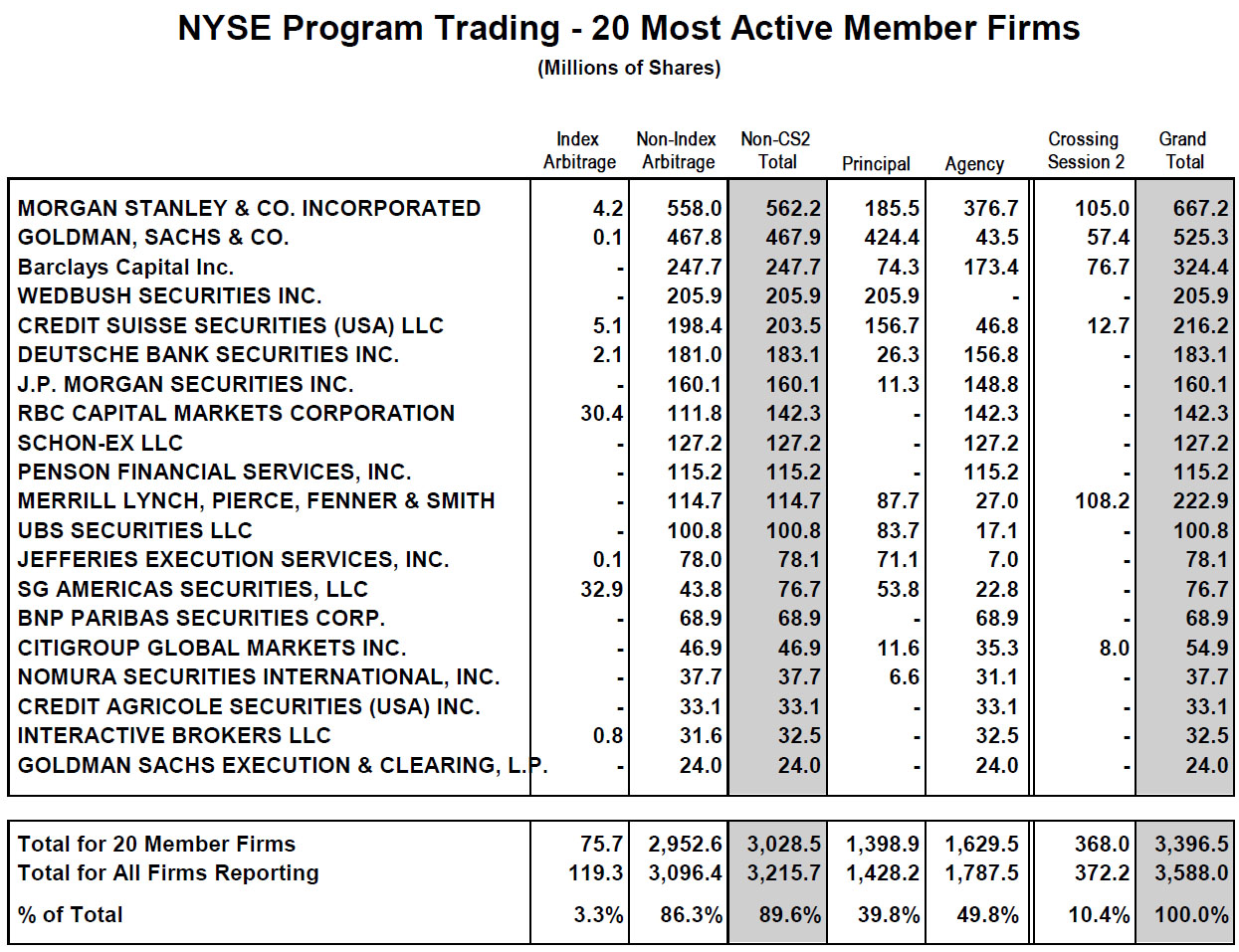Fannie Mae asked the U.S. government for an additional $8.4 billion in aid after posting an $11.5 billion net loss for the first quarter, the latest sign that the bailout of the mortgage investor and its main rival, Freddie Mac, is likely to be the most expensive legacy of the U.S. housing-market bust.
Fannie's losses reflected continuing weakness in the housing market and would have been worse without accounting changes that reduced its deficit. The quarterly loss was an improvement from the $23.5 billion loss for the year-ago quarter and marked the 11th consecutive quarterly loss for the Washington-based firm.
The company has now racked up losses of nearly $145 billion, or nearly double its profits for the previous 35 years. While many of the nation's biggest banks have repaid their government loans and some are back to racking up big profits, Fannie and Freddie are still suffering from the housing-market crisis.
In recent weeks, the Treasury pointed out how private-sector banks, insurers and even auto makers have repaid loans under the Troubled Asset Relief Program. But red ink continues to gush from Fannie and Freddie because of their huge exposure to home loans.
"Everyone's trying to sweep it under the rug, but there's a very large embedded loss that hasn't been fully realized yet," says Kenneth Rosen, chairman of the Fisher Center for Real Estate and Urban Economics at the University of California, Berkeley. "Someone's going to have to write a check, and it's very large."
The government's tab for Fannie will climb to $84 billion, while Freddie's stands at $61 billion. The government took control of both companies in 2008 through a legal process known as conservatorship as rising losses threatened to wipe out their thin capital reserves.
Fannie's losses have surpassed Freddie's because its $3 trillion book of loan guarantees is nearly one-third larger than Freddie's. Delinquencies are higher at Fannie because the firm more aggressively dialed up its appetite for riskier loans at the peak of the housing boom.
Despite their losses, the firms are helping to stabilize the housing market. Fannie, Freddie and the Federal Housing Administration provided guarantees or insurance for 96.5% of the home mortgages that originated in the first quarter, according to Inside Mortgage Finance, a trade publication. The companies also play a central role in the Obama administration's loan-modification effort designed to avert foreclosures.
Losses at Fannie and Freddie continue to grow because the firms must set aside more capital to cover anticipated losses as mortgage delinquencies rise. The Treasury kicks in more capital every quarter if revenues can't meet those financial needs. Unlike many financial companies, the firms are exposed to a single asset class, holding nearly $5.5 trillion in mortgages and loan guarantees.
Fannie's capital hole would have risen by $3.3 billion without new accounting rules that took effect Jan. 1. The firm's losses were driven by deterioration in its $3 trillion book of loan guarantees, which accounted for a $12.5 billion loss.
One possible signal that losses will slow in the coming months: Fannie said 5.47% of its loans were 90 days or more past due at the end of March, down from 5.59% in February and the first monthly decline in nearly three years. That has stemmed in part from efforts to modify loans and from an uptick in liquidating delinquent loans through foreclosure. The company said Monday that credit losses could decline this year from record highs last year as delinquencies begin to level out.
The company's loan-loss reserves fell to $61 billion from $64 billion three months ago, even as its pool of nonperforming loans grew to $224 billion from $217 billion. "If I was the government, I would plead with Fannie or Freddie to reserve far more than they are right now," given the prospect of future home-price declines, said Anthony Sanders, a real-estate finance professor at George Mason University in Fairfax, Va.
But the terms of the government conservatorship, which require Fannie and Freddie to pay an annual 10% dividend on their Treasury draw, could create an incentive to reserve more conservatively. Fannie had to pay the government $1.5 billion in dividends last quarter. "They don't want to raise the reserve levels because in a sense it doesn't matter and it could be perversely damaging to them," says Mr. Sanders.
In its filings Monday, in the coming months Fannie said it wasn't likely to repay that its debt to the Treasury for the "indefinite future."






